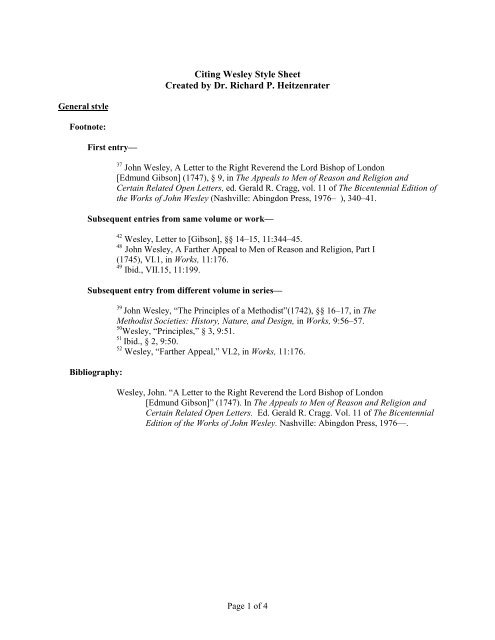
- ZOTERO ANNOTATED BIBLIOGRAPHY HOW TO
- ZOTERO ANNOTATED BIBLIOGRAPHY PDF
- ZOTERO ANNOTATED BIBLIOGRAPHY SOFTWARE
Next I use ScanTailor to crop images down to the content of pages, correct distortions and reduce the full-colour to black and white. In brief, to digitise a book, I use a hacklab scanner or a regular office flat-bed scanner to create full-colour, high-resolution images of the book.
ZOTERO ANNOTATED BIBLIOGRAPHY SOFTWARE
The workflow is mostly based on free software and should work with minor adaptations equally on Linux, OSX and Windows. This tutorial I have written together with Dubravka Sekulić and Ann Mertens for the Memory of the World shadow library. Scanning and creating an OCR-ed PDFĪ detailed description of the workflow that I use to scan books and create PDFs can be found in my Book Digitisation tutorial.
ZOTERO ANNOTATED BIBLIOGRAPHY PDF
A scanned PDF can be pushed through the optical character recognition (OCR), making the resulting file amenable to highlighting, annotation and citation that are central to scholarly reading and writing. You can scan a book or a journal with a book scanner, a photocopier or a simple camera. It is the latter that is of interest here. A PDF can be born-digital or created by scanning. However, these shortcomings are of lesser concern than the advantages offered by digital text.ĭigital text comes in many formats, but in my scholarly work I operate with books, journals and articles either in dedicated e-book formats such as. Digital text, however, has its shortcomings compared to the text in print, such as potential data rot or lack of haptic and visual cues. Digital text benefits from the fact that it is easily storable, portable, searchable, annotable and re-usable.

1) Digitisingīooks and texts I read predominantly in digital form. For discovery, experimentation and problem-solving, or anything more sophisticated, I rely on the technical prowess of my friend and collaborator Marcell Mars. While none of the tools and workflows I discuss requires much technological skill, they do require some very basic knowledge of command-line (a.k.a. Bits and bobs gleaned from various corners of the Internet I have linked to in the text.

In fact, Dennis has written a monograph on Plain Text (Tenen 2017). I have also learned a lot from the Guide to Plain Text Social Science by Kieran Healy (2018) and the work of Dennis Yi Tenen and Grant Wythoff on Sustainable Authorship in Plain Text.
ZOTERO ANNOTATED BIBLIOGRAPHY HOW TO
His detailed advice how to set up workflows for a PhD research has helped me immensely - and makes parts of this document redundant. They build first and foremost on the impressive PhD Starter Kit by Achintya Rao. The workflows presented here cover the digitisation of text, reference management, annotated bibliography, writing in plaintext, formatting for publication, revising text, storage and backup, as well creating slide presentations, a thesis susbmission and a static website. Third, I needed a workflow that would allow me to easily re-format my texts for publishing in a variety of academic venues and on my own website. Second, I wanted to systematise my reading and writing workflows around simple standards that would be technologically maintainable over years. First, living between two countries with a disability that limits my capacity to haul around books, I decided to shift entirely to reading text on screen. When I started my PhD in early 2018, I decided to re-organise how I digitise, read, annotate and reference other people’s texts – and how I write, revise and publish my own.



 0 kommentar(er)
0 kommentar(er)
